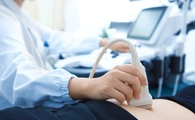
Blog
Achieving pregnancy and fulfilling your dream of starting a family does not always happen as we would wish. Many women and couples face fertility problems before having their baby. Here you will find a series of articles related to fertility problems that will help you clear up any doubts you may have about infertility, its causes, treatments and advice on how to deal with them.

Endometriosis: Symptoms the Disease, Effective Treatments, and FAQ

High Prolactin: Causes, Symptoms, Diagnosis, and Treatments

Exercise and Fertility Treatment: Is it Safe to Stay Active?

How to cope with an egg donation treatment?

Optimal Endometrium for Pregnancy: Characteristics and Ideal Thickness

